Neuengamme
Neuengamme Concentration Camp is located just south of Hamburg in a suburb called Bergedorf. In December 1938, about 100 prisoners were transferred from Sachsenhausen to set up a satellite camp next to a closed brickwork factory. In 1940, Neuengamme became an independent concentration camp when an agreement was reached between Hamburg city and SS to start producing bricks. The camp’s main task were thereafter to produce bricks for building projects. After the outbreak of the war, the number of prisoners increased drastically and they were used for slave labor in nearby industries, as well as in the expansion of certain sections of the River Elbe. From 1942, the prisoners were used as sav labor in war producing industries and various building projects, both inside and outside the camp.
1942 a crematorium was built to cremate diseased prisoners. Before that diseased prisoners had been cremated at other crematoriums in and around Hamburg. In 1942, a temporary gas chamber was built in an existing building mainly to kill Soviet prisoners of war. Only two gassings took place, the first in September 1942 when about 200 prisoners of war were murdered with Zyklon B. The second in November same year when about 250 prisoners of war were murdered. The gas chamber was located near prisoner’s assembly square and the gassings were not preceded by any secrecy and were conducted openly. There were also extensive medical experiments in Neuengamme where prisoners were infected with tuberculosis.
About 106,000 people ended up in Neuengamme during its existence and about 55,000 died from hard work, starvation, beatings, diseases and executions. Neuengamme had about 80 satellite camps and four of these were on the British island of Alderney off the northwest coast of France. British canal islands were the only British territory occupied by the germans during the war. The prisoners at these camps were used as slave workers in the construction of defence facilities. At the end of the war, Neuengamme became a assembly camp for Scandinavian concentration camp prisoners transported there from other camps in Germany. Here they were picked up by the white buses that transported them to Scandinavia.
The operation was led by the Swedish diplomat, Folke Bernadotte, who in collaboration with the Swedish Red Cross, began to prepare for the evacuation of mainly Scandinavian female prisoners. Bernadotte negotiated with SS chief Himmler in person. Approximately 15,000 prisoners were evacuated to Scandinavia in March and April 1945. Another 10,000 were evacuated after the war. The operation was a major humanitarian action that saved lives, but it has also been criticized because the relief was primarily intended for Scandinavian prisoners. Other nationalities were only evacuated if there were room.
An extremely tragic event took place in Lübeck bay, May 3rd, 1945. Between April 21st and 26nd, the SS evacuated about 10,000 prisoners to Lübeck, about sixty kilometres northeast of Neuengamme. At the turn of the month, the prisoners were forced on board three cargo ships, Thielbek, Athens and Elmenhorst, which lay in port, and the passenger ship Cap Arcona, anchored in the bay. Exactly what the purpose was with this is not clear. It might have been to transport the prisoners to either Denmark or Norway still under german control. It might have been a cynical idea from the SS that they planned to sink the ships with the prisoners on board. Whatever the purpose was, the prisoners were in a deplorable state and the conditions on board were disastrous, which led to many deaths on board.
Just before the British liberated Lübeck Thielbek and Athen had left the port and anchored in the bay and at Neustadt harbour (on the other side of the bay). Together there were about 9000 prisoners onboard these three ships. But on May 3rd, the tragedy was a fact. The British believed that the ships were carrying German troops on their way to either Denmark or Norway. British planes attacked all ships on May 3rd. Athen, which was in Neustadt’s port, escaped the main attack, but Cap Arcona and Thielbek, which lay in the bay, were not as lucky. Both were attacked and quickly caught fire (which rapidly spread) and capsized shortly. The prisoners were trapped onboard with slightly chances to escape the inferno. About 7,000 prisoners died in connection with the attack that occurred hours before the British liberated Lübeck. In the days and weeks that followed, dead prisoners floated ashore around the bay.
Current status: Partly preserved/demolished with museum (1999).
Address: Jean-Dolidier-Weg 75, 21039 Hamburg.
Get there: Car.
Follow up in books: Kogon, Eugen: The Theory and Practice of Hell: The German Concentration Camps and the System Behind Them (2006).
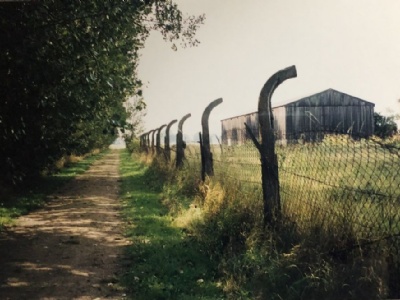
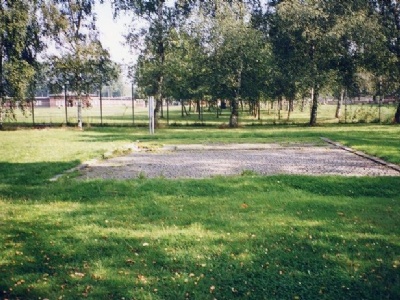
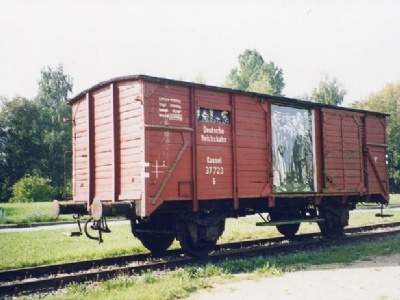
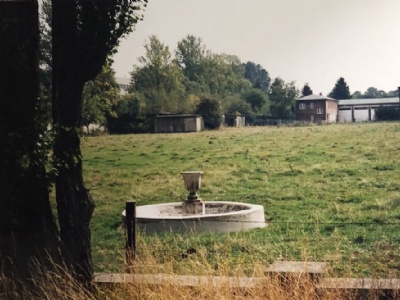

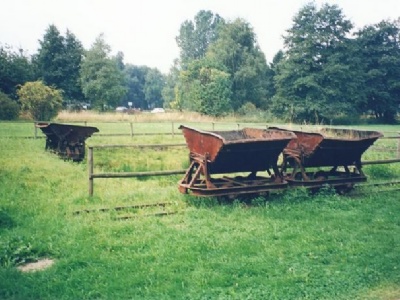

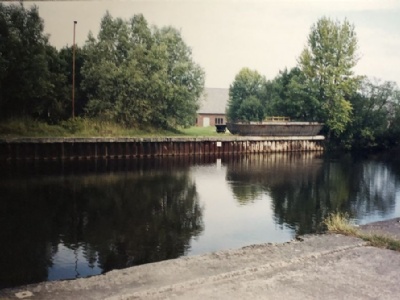
There are several ways to document Nazism and it is not possible to rank the approaches, but these are guided by what purpose you have. An important part of the documentation is the testimonies of people who sat in the concentration camps. The first twenty years their stories were of limited interest. The main focus was on other things related to the war. The Eichmann trial in 1960 and the trials of the SS guards at Auschwitz and Treblinka in the mid-sixties changed this. Now their stories and testimonies bacame both vital and interesting. It is not really until after the fall of communism that there has been a greater interest in the subjective experiences of survivors, not only in their capacity as witnesses at trials. There are different explanations for this, but when this is written in 2006, one explanation is that those still alive are getting fewer and within 10 – 15 years they will be gone and no one to tell their stories.
There is no regrowth among the survivors and of those left, most were teenagers or children at the time. It is important to document while time is. It is mainly schools and study circles that for educational purposes hire former prisoners to listen to their experiences, but there is also a problem. Although the survivors are becoming fewer and fewer, there are still many left who can tell. But unfortunately, there is no room for all stories and here it became problematic. It is almost a prerequisite that the survivor has been in Auschwitz because Auschwitz has a special position. For better or worse.
Unfortunately, the teaching about the Holocaust is almost limited to Auschwitz, which means that knowledge about other camps is inadequate. Therefore, a witness who has not been in Auschwitz is not as interesting to listen to because the audience cannot refer to other camps. A testimony from other camps or ghettos will only be interesting if it ends up in Auschwitz. But even here there is a competition, it is important to have an interesting history that includes gas chambers, crematoria, maltreatment, murder, hardship and so on. Only this way one can get the attention from an audience. If you have also met the SS doctor Dr Josef Mengele, you will be extra interesting. All this was part of Auschwitz and it was probably difficult not to come in contact with it, one way or the other. But here is another problem.
I have unfortunately noticed that several survivors exaggerate their story by making other people’s experiences their own (internalize) or by placing themselves in a place or a time that is incorrect. All to make their story more interesting than others. To fabricate or stretch the truth in this way is never good because they risk being revealed and thus doubts can arise even around the survivors who do not fabricate or stretch the truth. Therefore, it is important that survivors’ stories are also reviewed and not just taken for granted. But in a way, we the listeners are to blame for this. We expect survivors to tell stories consistent with the drama we are fed with from popular media. It is the macabre we want and preferably in an environment that we can relate to. We are not content to listen to one that ”just” survived but the story must contain more than that. Prisoners just try to live up to our expectations because otherwise there is a risk that no one will listen to them.